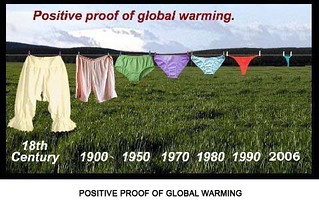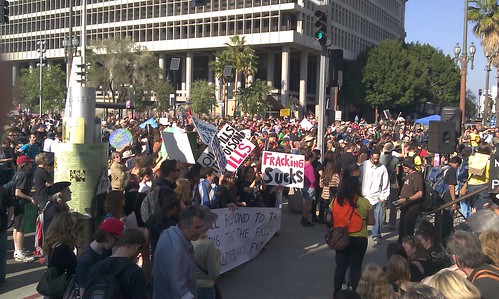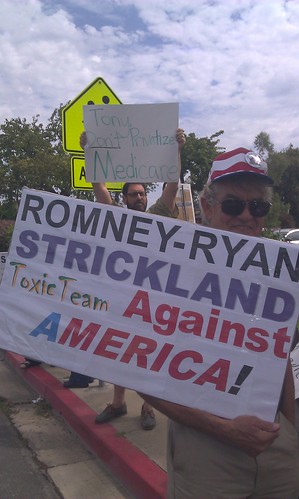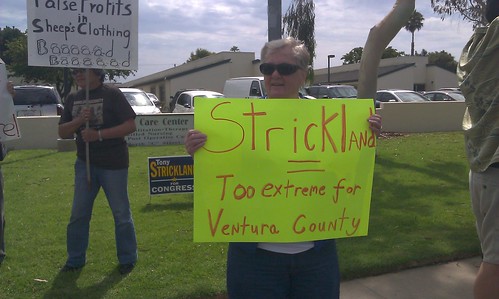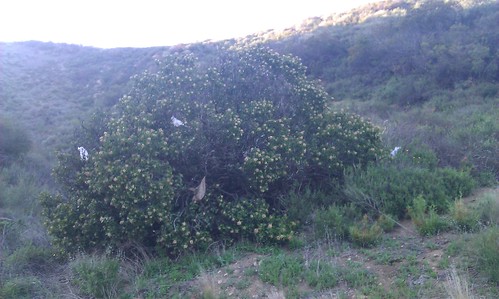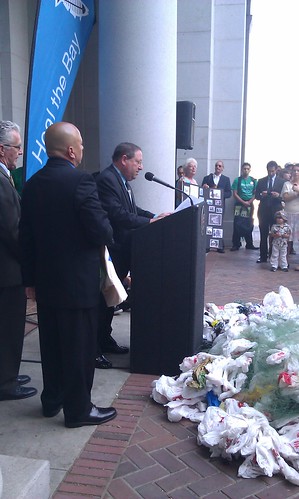The California state Assembly will shortly take up a bill authored by California’s biggest climate hawk, Fran Pavley, to regulate fracking. Her SB4 bill promises to impose a comprehensive regulatory scheme instead of the current utter lack of regulations and instead of the weak regulations proposed by the state’s Division of Oil, Gas, and Geothermal Regulations. It will cover not only fracking, the process of fracturing and pulverizing rock to get at its precious fossil fuels, but acidization, the process of dissolving rock in hydrochloric acid or worse to get at the same fossil fuels. The bill will study induced seismicity and require groundwater monitoring. It’s backed by an impressive array of green groups including California League of Conservation Voters and Natural Resources Defense Council. SB4 has already passed the state Senate and an Assembly committee, so it’s close to becoming law.
 I share Senator Pavley’s concern for the climate. I volunteered for her in a close election last fall; I walked for her, I phone-banked for her, I helped raise thousands of dollars for her, I live-tweeted debates, and I helped other bloggers write about her. She gave me a social media shout-out at a volunteer thank you lunch last year. I’m proud to call her my State Senator.
I share Senator Pavley’s concern for the climate. I volunteered for her in a close election last fall; I walked for her, I phone-banked for her, I helped raise thousands of dollars for her, I live-tweeted debates, and I helped other bloggers write about her. She gave me a social media shout-out at a volunteer thank you lunch last year. I’m proud to call her my State Senator.
Unlike other states where the frackers brag about extracting the allegedly “cleaner,” “bridge fuel” natural gas, California will be fracked for oil. The Monterey Shale, running from Monterey to Los Angeles under the richest farmland in the country, contains 400 billion barrels of oil. And it’s particularly carbon-intensive, sour, heavy crude – the California Air Resources Board ranks (PDF) some California oil as the dirtiest in the world, even above the filthy Canadian tarsands. Fracking and other unconventional extraction techniques could release about 15.5 billion barrels of that oil – about 2/3 of the United States’ reserves. I’ve previously calculated that California’s fracked up oil is as bad as Keystone XL for the climate.
I helped get a resolution calling for a moratorium on fracking through the California Democratic Party in April. Alas, bills calling for a moratorium couldn’t pass the California Assembly in May. At the same time, the political landscape has drastically shifted since 2012, when very weak regulatory bills couldn’t even make it out of committees. A June 2013 poll shows that 70% of Californians want fracking either banned or heavily regulated.
SB4 may pass the Assembly and be signed by Governor Brown. At that point, it’s likely that the California legislature will consider fracking “safely regulated,” check it off the to-do list, and get back to its main job of repairing years of damage caused by Republican budget cuts. There will be no appetite for tougher laws, just as there is no hope for single-payer legislation in the post-Obamacare national landscape. And the bill will act as a green light to major players currently claiming “regulatory uncertainty” as a reason not to dive headlong into fracking up the Golden State.
On the other hand, if SB4 fails in the Assembly, a fracking moratorium bill will emerge next year, and the clamor to do something will increase.
SB4 is California’s equivalent of a Nebraska bill changing the route of the Keystone XL pipeline, but not stopping or even slowing down our headlong rush to burn all the oil.
And what happens if we do burn all the oil? James Hansen’s latest paper provides a dense, depressing answer: burning all the Earth’s fossil fuels would raise the temperature of the Earth an average of 25 degrees C, making most of the planet uninhabitable.
SB4 presents a choice for California Democrats. Do they regulate the trade secrets and what happens to the produced water and whether the neighbors know what’s going on? Or do they say no to a carbon-intensive project that would undo all of the state’s progress on clean energy?

